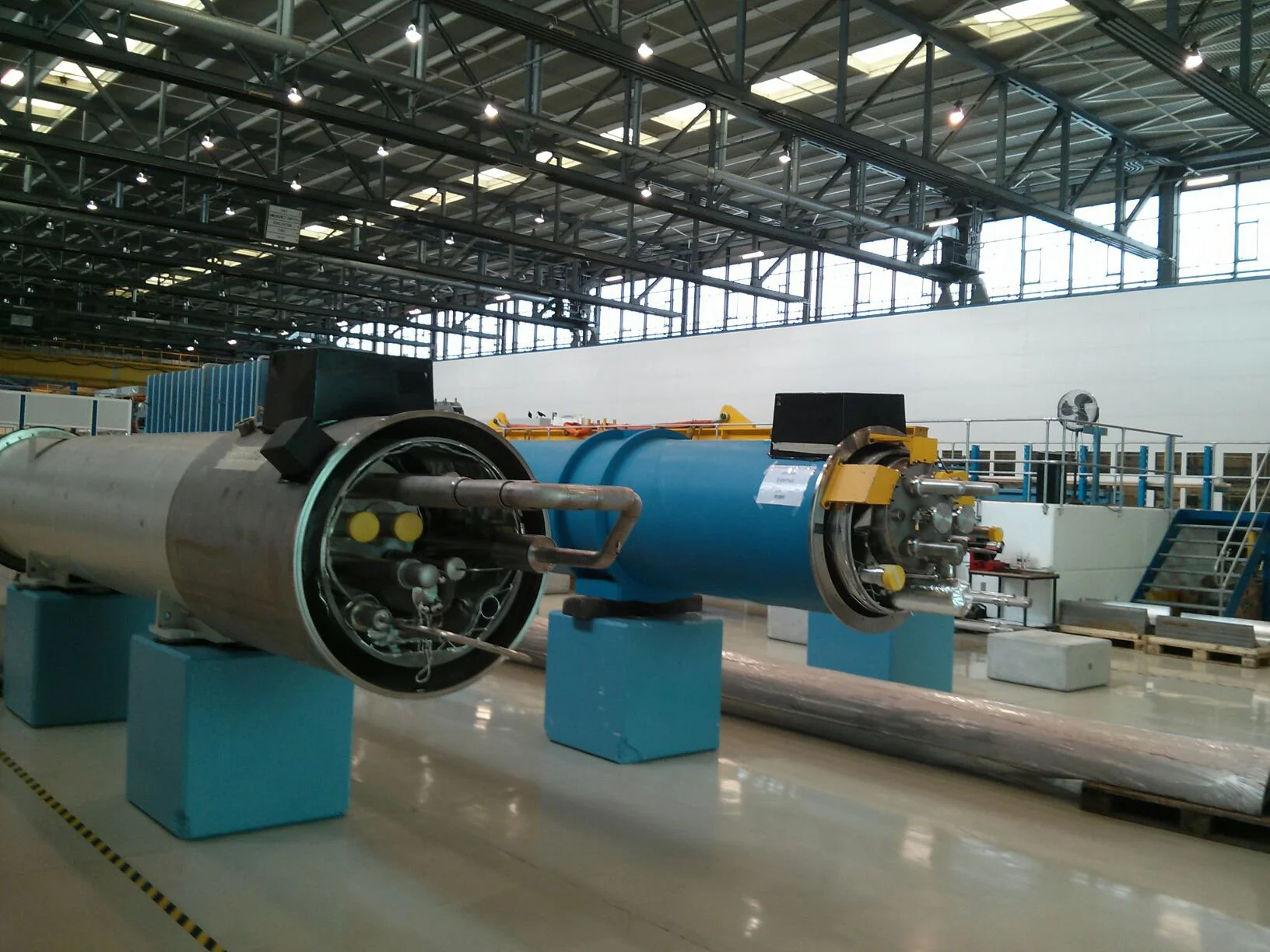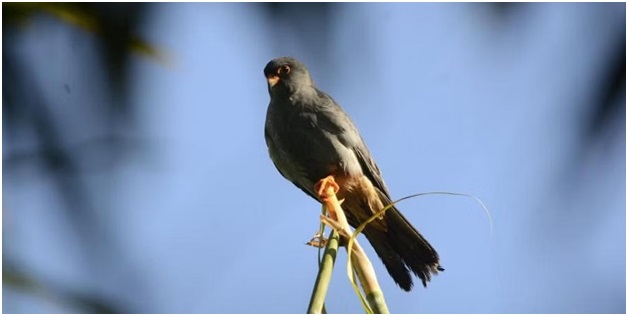In a first, CERN scientists carry out laser cooling of Positronium

- 23 Feb 2024
Why is it in the News?
In a first, an international team of physicists from the Anti-hydrogen Experiment: Gravity, Interferometry, Spectroscopy (AEgIS) collaboration has achieved a breakthrough by demonstrating the laser cooling of Positronium.
About Anti-hydrogen Experiment: Gravity, Interferometry, Spectroscopy (AEgIS):
- AEgIS is an experiment at the Antiproton Decelerator facility at CERN (European Organization for Nuclear Research).
- It is a collaboration of physicists from a number of countries in Europe and from India.
- In 2018, AEgIS demonstrated the first pulsed production of antihydrogen atoms, by interacting pulse-produced positronium (an atom consisting of only an electron and a positron) with cold, trapped antiprotons.
- The primary scientific goal of the Antihydrogen Experiment: Gravity, Interferometry, Spectroscopy (AEgIS) is the direct measurement of the Earth's gravitational acceleration, g, on antihydrogen.
What is Positronium?
- Positronium is a bound state system of a positron and an electron, similar to the hydrogen atom, where an electron orbits around a proton.
- In the case of positronium, the positron and the electron orbit around their common centre of mass.
- The system is unstable, and the two particles eventually annihilate each other, releasing two or more gamma ray photons.
- Positronium has two possible states:
- The singlet state (para-positronium), in which the electron and the positron spins are antiparallel and the system has a shorter lifetime, and
- The triplet state (ortho-positronium), in which the electron and the positron spins are parallel, and the system has a longer lifetime.
- Positronium has been studied extensively in experimental and theoretical physics because it provides a simple system for testing quantum electrodynamics (QED) and for studying the properties of matter and antimatter.
- It also has potential applications in fields such as material science, plasma physics, and astrophysics.
What is Antimatter?
- Antimatter shares similarities with ordinary matter, except for its opposite electric charge.
- Often referred to as "mirror" matter, antimatter pairs with ordinary matter particles.
- For example, while an electron possesses a negative charge, its antimatter counterpart is a positron, which carries a positive charge and has the same mass as an electron.
- Positrons, antiprotons, and antineutrons are the antimatter counterparts of electrons, protons, and neutrons, respectively, collectively known as antiparticles.
- These antiparticles can combine to form anti-atoms and theoretically could lead to the formation of antimatter regions within our universe.
- However, the coexistence of matter and antimatter is short-lived due to their tendency to annihilate upon contact, resulting in the release of substantial energy in the form of gamma rays or elementary particles.
- Antimatter, like matter, emerged during the Big Bang.
- Scientists have produced antimatter particles through high-speed collisions in large particle accelerators like the Large Hadron Collider operated by CERN outside Geneva.
- Additionally, antiparticles are sporadically generated throughout the universe through natural processes.
Manipur to Conduct Census of Amur Ffalcon (The New Indian Express)

- 14 Oct 2023
Why in the News?
The Manipur Forest Department will conduct the first-ever Amur falcon census. This initiative in India is one of the several programs the agency is running to safeguard migrating birds.
About Amur Falcon:
- The Amur Falcon, a diminutive member of the falcon family locally known as Akhuipuina, predominantly frequents Manipur and Nagaland.
- Originating from southeastern Siberia and northern China, these birds embark on extensive migrations in vast formations to winter in Southern and East Africa, covering a one-way journey of approximately 20,000 km through India twice a year.
- In terms of conservation, the Amur Falcon is safeguarded by the Wildlife Protection Act of 1972, listed under Schedule IV.
- Hunting or possession of its meat is subject to legal repercussions, including imprisonment for up to three years, a fine of up to 25,000, or bonds.
- Initiating a conservation effort in 2018, the forest department employed radio tagging to study the birds' migratory routes.
- As per the International Union for Conservation of Nature (IUCN), the Amur Falcon is categorized as "Least Concern."
- Despite this, the species faces threats such as illegal trapping and killing during migration, along with habitat loss due to agricultural practices and land reclamation.
